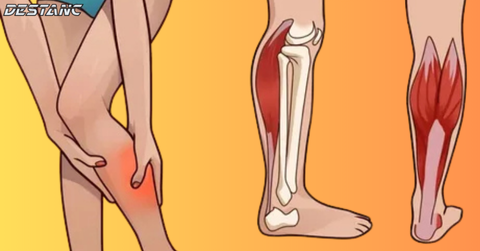What do these red dots on your skin mean..
F. Viral infection
Some viral infections can cause red spots or rashes to appear on the skin. For example, chicken pox is characterized by itchy red blisters that eventually become crusty, while measles presents with a red, widespread rash. Other viral infections such as rubella or roseola also show a characteristic rash. These conditions often require medical evaluation and management.

- Symptoms and diagnosis
Determining the underlying cause of red spots on the skin often requires careful monitoring of accompanying symptoms. The main factors to consider are:
Itching: Itchy red spots may indicate allergic reactions or infection.
Duration: Persistent red spots should be evaluated, especially if they change in appearance or number.
Accompanying symptoms: Fever, swelling, or pain may indicate more serious conditions that require medical attention.
A healthcare professional often performs a physical exam and may order tests, such as blood tests or skin biopsies, to determine the cause.
- Treatment options
The treatment of red spots on the skin depends largely on the underlying cause:
Allergic reactions: Antihistamines or corticosteroids may be prescribed to relieve symptoms.
Hemorrhagic spots: Treatment focuses on the underlying condition causing the bleeding, which may require hospitalization in severe cases.
Insect bites: Over-the-counter creams or antihistamines can help reduce itching and inflammation.
Dermatitis: Topical corticosteroids or moisturizers can relieve symptoms, while avoiding known irritants is essential.
Inflammation of the hair follicles: Mild cases may go away on their own, while more severe infections may require antibiotics.
Viral infections: Treatment usually includes supportive care, although some viral infections may require specific antiviral medications.



